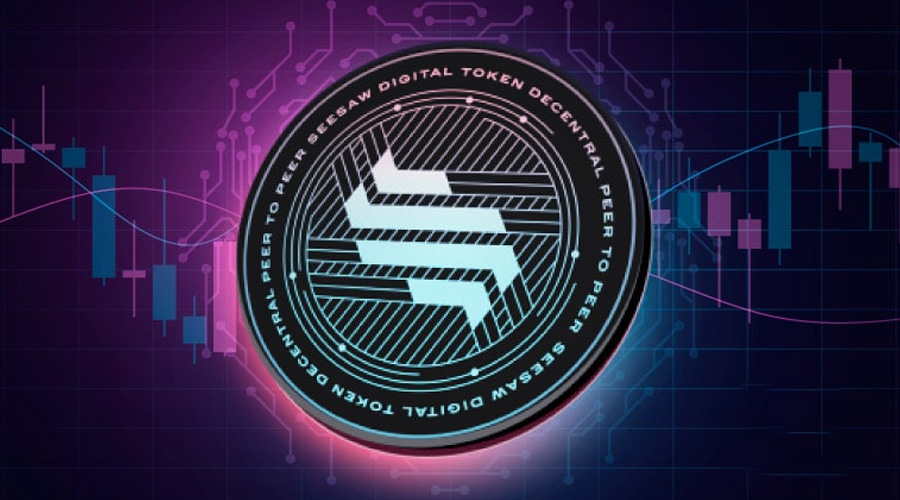How to buy a ruby: Ruby Buying Guide
Rubies do not react much to light, changes in temperature, and various chemicals. This makes ruby jewelry ideal for frequent use and for pieces that are more susceptible to damage, like ruby rings and bracelets. Most ruby has been heated, and some gems on the market also have had color diffused into the surface or fractures filled with lead glass to improve their appearance. When shopping, ask about treatment information included in writing. Several factors affect the cut and proportion of rubies on the market. A ruby’s crystal shape dictates its suitability for certain cuts.
The only exception to this is the emerald, which has a completely different cut. Other cuts like radiant and princess are more uniquely cut too, but much less common since they are not as adaptable as the modified step cut. The cut of any gemstone is unique based on potential inclusions, pleochroic color, quality of the crystal rough, and ultimately How the cutter adapts to all these factors. No two gems will be exactly the same unless cut exclusively for that purpose, especially in larger carat sizes. Still, there are a few things you’ll want to keep in mind when you’re viewing ruby engagement rings online or creating your own using a loose ruby and setting.
Final Choice of Rubies
Appearance is subjective, and both lab-created and natural rubies can look beautiful. Ultimately, the best choice is the one that most closely matches your tastes and budget. Rubies from Burma, now Myanmar, are commonly regarded as some of the world’s most desirable. Burmese rubies have a deep red color that stands out and can look particularly special.
They are almost always a cost conscious choice than a natural ruby of similar quality, because the manufacturing process is less expensive than locating and mining natural rubies. The status of inclusions can reveal whether or not a stone has been heat-treated. Most rubies have been heat-treated to improve clarity and color of the stone, and their price reflects this as demonstrated below. These effects are stable and widely accepted in the gemstone trade with disclosure.
The rarity of a ruby depends on the quality of the ruby crystals. Highly included, opaque rubies are nowhere near as rare as clear, transparent rubies or even clear, blue sapphires. There is also a distinction in How the material is used, with opaque ruby crystals used for carving and transparent ruby crystals used for faceting . The last part of durability is about the stability of the stone, meaning How much things like light, temperatures changes, and chemicals affect it.
Properties of Ruby
There are some gemstones that look like ruby and can be used as its imitations. For example, red garnet is one of the stones that can pass for ruby. Carat weight is another factor that determines not just price per carat, but also what type of jewelry stone gets made into. Particularly large, and subsequently heavier stones usually are not chosen to make something like ruby earrings and might be worn more comfortably as a ruby pendant. Having inclusions in the center of the stone with R10825 one the right is less attractive than having those same inclusions towards the edge at the girdle in R11277 on the left.
These rubies have a bright red hue with a mild purple tint. Having said that, you should also be aware that there are usually price jumps when you hit one carat, as well as three and five carats. If you want to buy a one carat ruby, consider going for a 0.9 ct. While you won’t notice the difference in the size of the stone once it’s set, you’ll definitely notice the savings in your wallet. As with emeralds, the most important factor when evaluating a ruby is its color. The deeper, and more intense the color, the more desirable the ruby.
While the exact percentage will fluctuate, over 95% or even 97% of all mined material gets treated (most common one being heat-treatment). Second, rubies are much less expensive than conventional engagement ring gemstones such as diamonds. This makes them a great option if you want an engagement ring that looks unique and elegant, yet isn’t as costly as a diamond ring. For example, while you’ll usually need to spend $4,000 or more for a one carat diamond with an acceptable cut, color and clarity, a high quality ruby costs less than $500.
For example, this stunning 10.6 carat Pigeon Blood ruby from Mozambique from Leibish & Co. is priced at more than $850,000. Finally, like with all gemstones, the carat weight of a ruby plays a role in its value, with a larger ruby commanding a higher value than a smaller one. Angara is a specialist in gemstones and offer four different qualities of gems in a few different carat weight. This way, you can samewhat create your own version of any jewelry they offer.
These metals both complement fair or rosy skin tones very nicely. As we mentioned earlier, Leibish & Co. is also a good option if you specifically want a ruby that hasn’t been heat treated. Their selection of rubies includes lots of outstanding stones, although the pricing is significantly higher than James Allen’s selection of heat treated rubies. If you have a ruby that seems a little too large for the price that you paid, there’s likely a reason it was so inexpensive. Rubies with a “pigeon blood” color are particularly desirable and valuable.
Stones that are overly deep or shallow should generally be avoided. One difference is that synthetic rubies will generally be flawless as opposed to natural stones which are bound to have microscopic inclusions. These rubies are a great alternative when shopping on a budget. Gemstones can be re-cut if the buyer wishes but this causes a loss in size and carat.
Common inclusions in rubies
This lower pricing makes a ruby an appealing alternative to a diamond for an engagement ring or other jewelry. For example, this 1.25 carat ruby from James Allen only costs $820, whereas a diamond of the same size and reasonable quality, such as this one, costs more than five times as much. Our ruby buying guide can help you learn How rubies are graded, what to avoid, and How to identify a high quality stone or a bargain in the rough. Synthetic rubies have been produced by the Verneuil process since the 1890’s and cost just pennies per carat. Ruby has also been produced by the flux, hydrothermal, floating zone and Czochralski processes.
However, some rubies with exceptional natural color may command prices similar to those of diamonds, or even higher. The most obvious difference between ruby and diamond is color. Although most diamonds are white, or colorless, they can also be yellow, pink, champagne-colored or, in some cases, even red. Like diamonds, rubies are cut into a variety of shapes. One of the major mineral constituents of lapis lazuli, haüyne is rarely found and faceted as a distinct gemstone.
Ask your diamond purchase question here
The star can appear as a three- or six-pointed star on the surface of the stone and are usually very symmetrical. The purplish-red rubies known as “pigeon’s blood” rubies come from this area, and are extremely valuable, due, in no small part, to the history of the mines. This metric is also called color purity or intensity, and should be included with the ruby’s description. Vivid rubies have the richest color and are the most valuable, with strong rubies close behind.
Different Saturations
It has been sHown that if the provenance of a stone is known and of interest, the stone can fetch a higher price because of its history. About 98% of all rubies that are sold have been on the market for decades, since rubies are extremely difficult to destroy. Some companies specifically market some of their gems as “recycled” stones, sourced from public and retail owned jewelry, arguing that no new environmental impact is produced. The cut of a gem describes How the gem has been shaped by a lapidary. The general shape is a matter of preference, although most rubies are cut as oval, cushion , marquise, or round. Heart or emerald are other relatively common options, but due to lower demand they may be a little cheaper compared to a gemstone of similar quality cut to a different shape.










